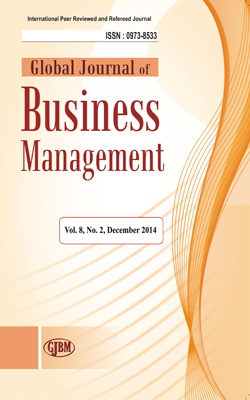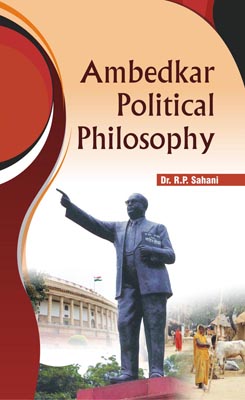Description
About the Book
This edition has developed new techniques for proving lower bounds on data-structure problems with the following broad consequences: the first ![]() (lg n) lower bound for any dynamic problem, improving on a bound that had been standing since 1989; and for static data structures, the first separation between linear and polynomial space. Using these techniques, authors analyze a variety of central data-structure problems, and obtain improved lower bounds for the partial-sums problem; the predecessor problem; dynamic trees and dynamic connectivity; orthogonal range stabbing; orthogonal range counting, and orthogonal range reporting; the partial match problem; (1
(lg n) lower bound for any dynamic problem, improving on a bound that had been standing since 1989; and for static data structures, the first separation between linear and polynomial space. Using these techniques, authors analyze a variety of central data-structure problems, and obtain improved lower bounds for the partial-sums problem; the predecessor problem; dynamic trees and dynamic connectivity; orthogonal range stabbing; orthogonal range counting, and orthogonal range reporting; the partial match problem; (1 ![]() )- approximate near neighbor on the hypercube; and approximate nearest neighbor in the
)- approximate near neighbor on the hypercube; and approximate nearest neighbor in the ![]() metric. Authors have introduced the various data-structure problems that has been consider throughout this edition with hope that the discussion of each topic is sufficiently self-contained, and the reader can quickly jump to his or her topic of interest.
metric. Authors have introduced the various data-structure problems that has been consider throughout this edition with hope that the discussion of each topic is sufficiently self-contained, and the reader can quickly jump to his or her topic of interest.
About the Authors
Nina Verma currently manages the academic programs and personnel of the Business Applications and IT Management department in the faculty of ICT of Tshwane University of Technology, Pretoria. The department specialises in business analysis, project management, business information systems, knowledge management, ecommerce, business management, and personal and professional development of IT students/ employees, IT management and strategic management. She also lectures in the fourth year subjects on Business Management, Business Fundamentals, Information and Technology Management and Strategic Information Systems.
Ravindra Thakur is a lecturer in the School of Information Systems at Queensland University of Technology, Brisbane, coordinating IT project management units. An IT professional for over thirty years, he has worked in a variety of roles on many leading edge projects throughout the world. His practical experience combined with academic qualifications in business management and information technology provides students at both undergraduate and postgraduate level with real world perspectives of life within the IT sector.











Reviews
There are no reviews yet.